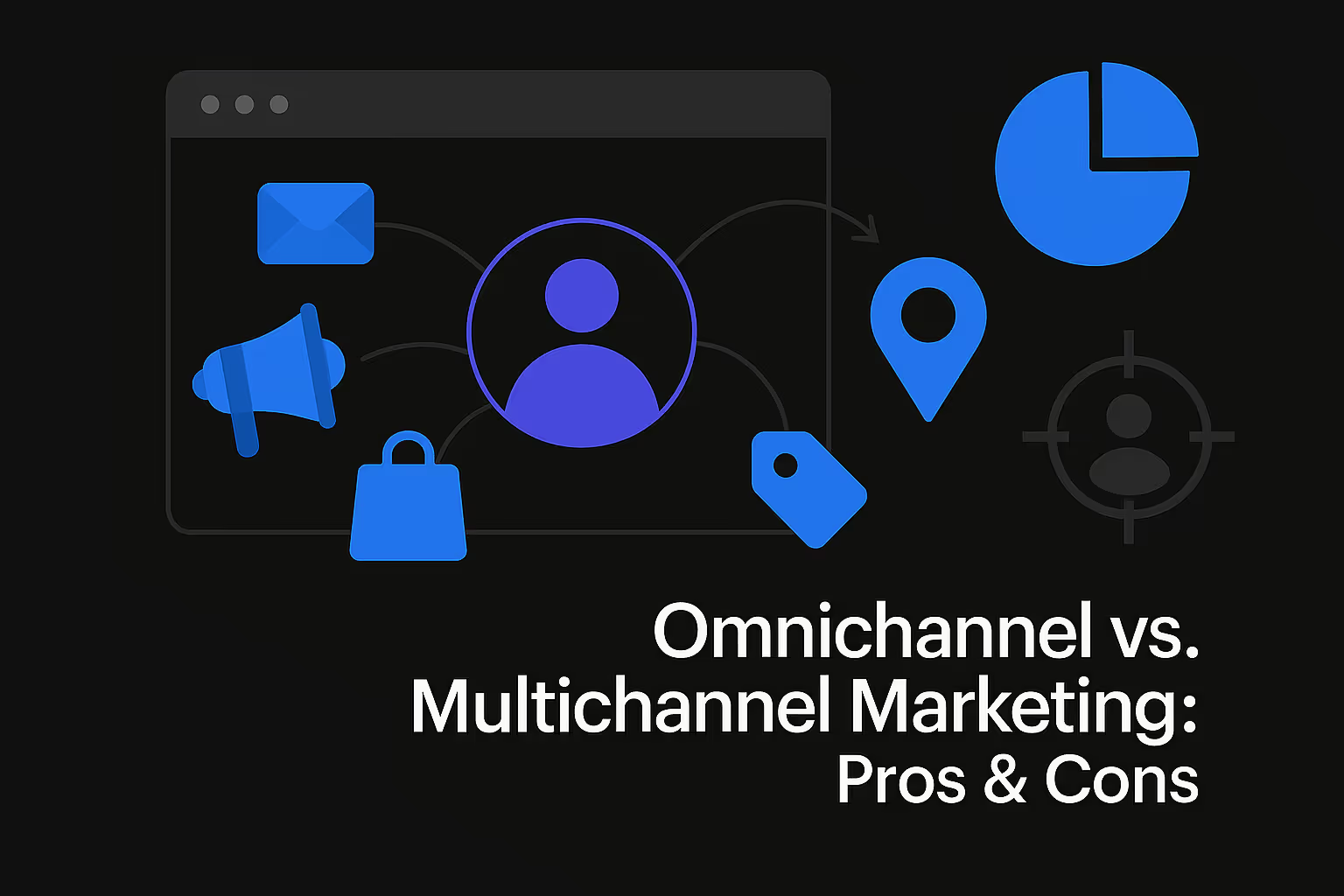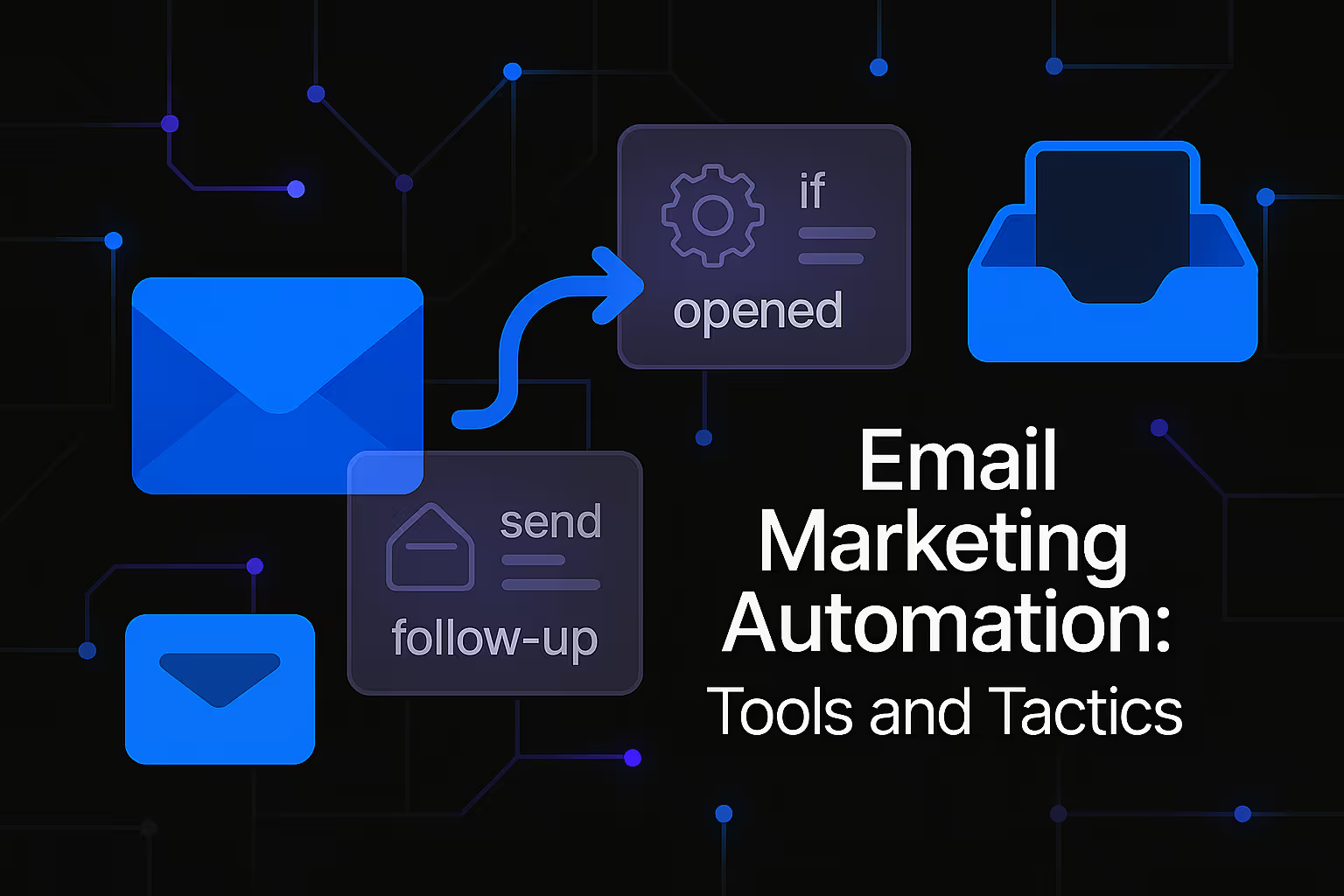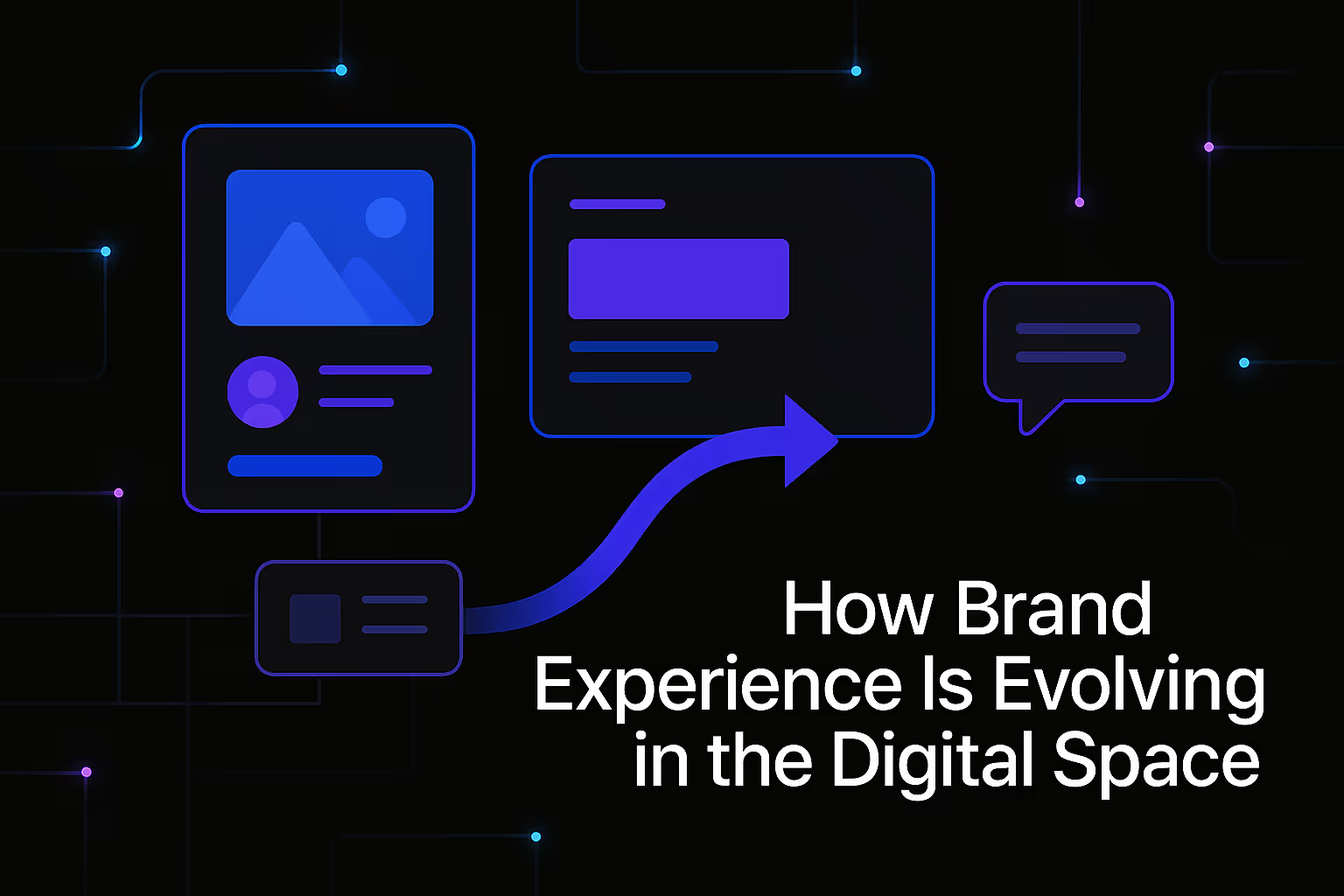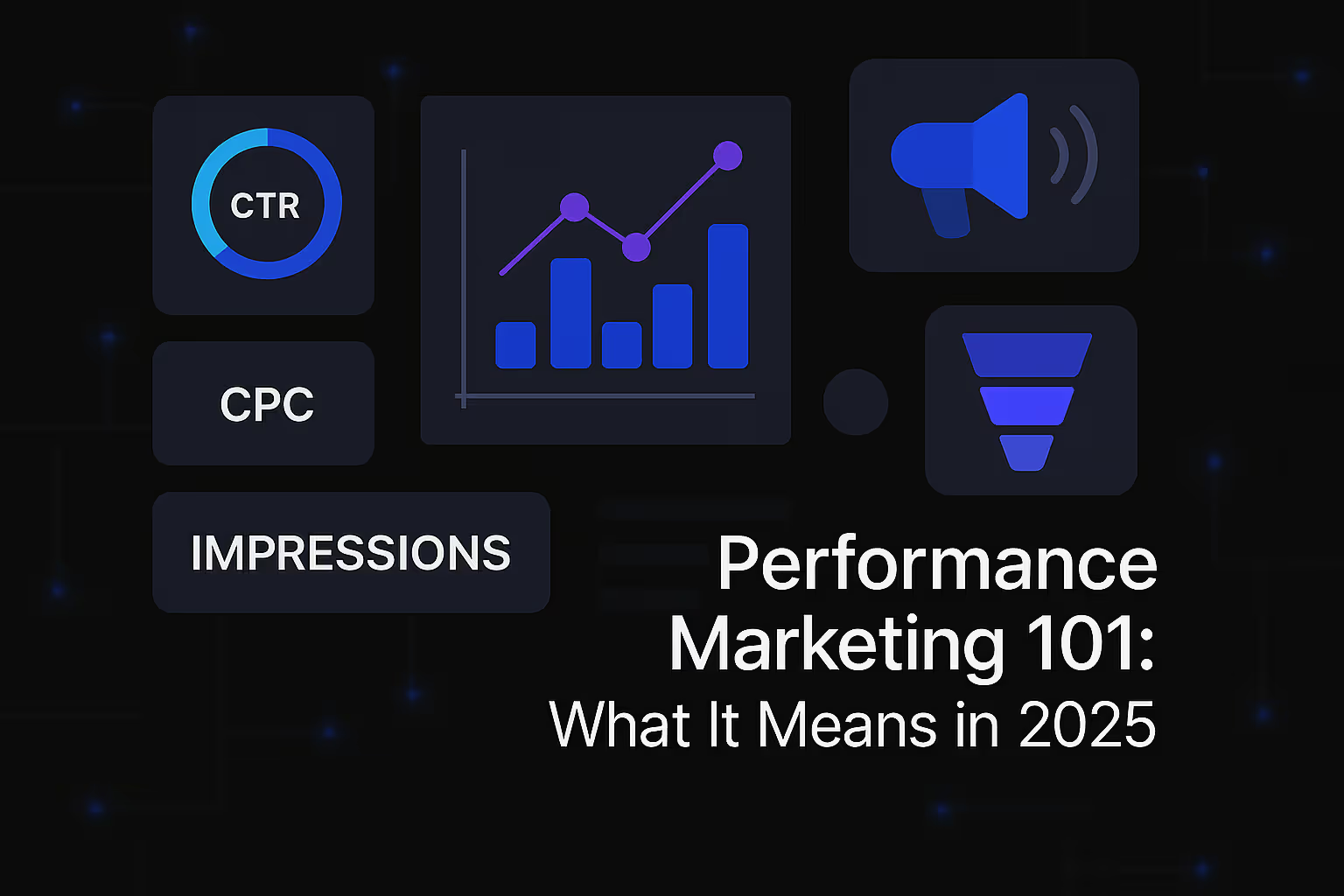Omnichannel vs. Multichannel Marketing: Pros & Cons

In the dynamic world of modern marketing, businesses are constantly seeking the most effective ways to connect with their audiences. The proliferation of digital platforms and communication channels has led to the rise of two dominant strategies: multichannel and omnichannel marketing. While often used interchangeably, these approaches represent fundamentally different philosophies in how a business interacts with its customers. Understanding the nuanced distinctions, alongside their respective advantages and disadvantages, is crucial for any organization aiming to optimize its customer engagement and drive sustainable growth. This comprehensive guide delves into the core of both strategies, equipping you with the insights needed to make an informed decision for your brand's future.
Understanding the Landscape: Defining Multichannel and Omnichannel Marketing
At their heart, both multichannel and omnichannel marketing are about reaching customers through various touchpoints. However, their underlying approach to the customer journey and the integration of these touchpoints sets them distinctly apart. The key lies in the perspective from which the strategy is built – whether it’s centered on the channels themselves or on the customer's unified experience.
The Multichannel Approach: Reaching Customers Across Various Touchpoints
Multichannel marketing is characterized by its focus on making a brand accessible across a diverse array of communication platforms. This strategy ensures that a customer can interact with a business through multiple avenues, such as a physical store, a website, social media, email, mobile apps, or traditional advertising. The primary objective here is reach and availability. A business employing a multichannel strategy wants to be present wherever its potential customers might be.
Consider a retail company that has a brick-and-mortar store, an e-commerce website, and a presence on Instagram. Each of these channels operates with its own specific goals and often, its own dedicated team or management. The website might focus on online sales, the physical store on in-person experiences, and Instagram on brand awareness and engagement. While customers can certainly move between these channels, the experience from one to the next may not be seamlessly connected. A customer browsing a product on the website and then asking about it in the store might find that the store associate has no immediate record of their online activity. The channels are there, offering multiple paths to engagement, but they don't necessarily "talk" to each other in a deeply integrated manner. This approach prioritizes distribution across multiple channels, allowing customers choices in how they interact, yet often with each channel operating largely independently.
The Omnichannel Evolution: A Holistic Customer-Centric Experience
In stark contrast, omnichannel marketing elevates the customer's journey to the absolute center of the strategy. While it also utilizes multiple channels, the defining characteristic of omnichannel is the seamless and integrated nature of the customer experience across all touchpoints. It's not just about being present on multiple channels; it's about ensuring that the customer's interaction with the brand is consistent, continuous, and personalized, regardless of which channel they choose or how many they use to complete their journey.
Imagine the same retail company, but now with an omnichannel approach. If a customer adds an item to their cart on the e-commerce website, then calls customer service about it, the service representative can immediately see the contents of their cart and their browsing history. If that customer then visits the physical store, a sales associate can access their online preferences, past purchases, and even items they've viewed or added to their online wishlist. The transition between online browsing, mobile app interaction, social media engagement, email communication, and in-store visits is designed to be frictionless. The experience is customer-centric, where all channels are designed to provide a unified, coherent narrative of the customer's interactions with the brand. This requires a profound focus on integration and coordination to ensure a single, consistent experience that anticipates and responds to the customer's needs at every turn.
Key Differences and Foundational Philosophies
The distinction between multichannel and omnichannel extends beyond mere definition; it permeates the very philosophy of customer interaction, data utilization, and strategic objectives. Understanding these core differences is essential for appreciating the unique value proposition of each.
The User Experience: From Disjointed to Harmonized
The most palpable difference between multichannel and omnichannel marketing lies in the customer's perceived experience. In a multichannel environment, the customer navigates a series of separate, albeit available, interactions. Each channel might offer a good experience in isolation, but the journey across channels can feel disjointed. A customer might have to repeat information, encounter inconsistent branding, or find that a promotion available on one channel isn't recognized on another. This can lead to frustration and a sense of being treated as a new entity with each channel switch. The experience is often "channel-out," where the brand pushes content and services out through various channels, and the customer adapts to those channel-specific interactions.
Conversely, omnichannel strives for a harmonized and fluid customer journey. The brand's presence across channels is intentionally designed to feel like a single conversation with the customer, adapting contextually to their current touchpoint. If a customer starts a purchase on their desktop, switches to their mobile phone during their commute, and then completes it in-store, the omnichannel strategy ensures that this progression is recognized and supported seamlessly. The customer never feels the friction of switching platforms or needing to re-explain themselves. This is a "customer-in" approach, where the entire system is built around the customer's perspective, anticipating their needs and ensuring consistency and continuity at every interaction point. The goal is to create an effortless and delightful journey that builds loyalty and trust.
Data Integration and Insights: A Unified View vs. Siloed Information
The way data is collected, stored, and utilized is another critical differentiator. In a multichannel setting, data often resides in siloed systems. The e-commerce platform might have its own customer database, the CRM for the sales team another, and the email marketing platform yet another. This fragmentation makes it challenging, if not impossible, to construct a complete, 360-degree view of the customer. Insights gained from one channel are rarely automatically or easily shared with another, leading to missed opportunities for personalized communication and inefficient targeting. Businesses rely on general segmentations or limited, channel-specific data for their campaigns.
Omnichannel, however, relies on robust data integration and a unified customer profile. All customer interactions, regardless of the channel, are fed into a central system – often a Customer Data Platform (CDP) or an advanced CRM. This centralized data hub allows businesses to track the entire customer journey, understand preferences, purchase history, browsing behavior, and communication preferences across all touchpoints. This holistic view empowers businesses to execute highly personalized campaigns, offer relevant recommendations, and predict future customer needs with far greater accuracy. The ability to leverage comprehensive data insights not only enhances the customer experience but also significantly improves the effectiveness and ROI of marketing efforts by eliminating redundant messaging and optimizing outreach.
Strategic Goals: Transactional Reach vs. Relationship Building
The underlying strategic objectives also diverge between the two approaches. Multichannel marketing, with its emphasis on broad presence, often focuses on maximizing transactional reach. The goal is to make it as easy as possible for a customer to find and purchase a product or service through their preferred channel at that specific moment. Success is frequently measured by channel-specific metrics, such as website conversions, in-store sales, or social media engagement on isolated campaigns. While customer satisfaction is important, the overarching strategy is to cast a wide net and facilitate individual transactions across various platforms.
Omnichannel, on the other hand, is fundamentally geared towards deep relationship building and fostering long-term customer loyalty. By providing a consistent, personalized, and effortless experience, omnichannel aims to elevate the entire customer journey into a cohesive brand narrative. The objective is to increase customer lifetime value, reduce churn, and cultivate brand advocates. Metrics in an omnichannel strategy extend beyond individual transactions to encompass overall customer satisfaction, repeat purchases, retention rates, and the holistic value each customer brings over time. It's about moving beyond mere sales to creating a sense of brand intimacy and trust, recognizing that a truly satisfied customer is far more valuable than a one-time purchaser. This difference in strategic intent informs every decision, from technology investment to team structure.
The Advantages of Multichannel Marketing
While omnichannel represents the pinnacle of customer experience integration, multichannel marketing still holds significant advantages, particularly for businesses at certain stages of growth or with specific operational models. Its strengths lie in its relative simplicity and ability to achieve broad market penetration.
Broad Reach and Accessibility
One of the primary benefits of a multichannel approach is its capacity for broad reach. By being present on numerous platforms, a business can effectively tap into diverse customer segments that prefer different modes of communication or discovery. For example, some customers might exclusively use Instagram for product discovery, while others prefer email newsletters or search engine queries. A multichannel strategy ensures that a brand is visible and accessible across these varied preferences. This allows businesses to connect with a wider audience without the immediate, complex overhead of full integration. It's about meeting the customer where they are, offering them the flexibility to choose their preferred interaction method, whether that's through a physical storefront, a traditional print advertisement, an online marketplace, or a brand's social media page. This wide net can be particularly effective for initial brand awareness and acquiring new customers across various digital and traditional landscapes.
Operational Simplicity and Implementation Ease
Compared to omnichannel, multichannel marketing generally presents a lower barrier to entry and less complex implementation. Businesses can deploy individual channels and optimize them independently. This means that a marketing team focusing on social media can operate largely separately from the team managing email campaigns or the e-commerce website. There's less immediate need for intricate data synchronization, cross-functional team meetings, or highly sophisticated integration platforms. This operational simplicity can be a significant advantage for smaller businesses, startups, or those with limited IT resources. It allows them to experiment with different channels, measure their individual performance, and scale their presence without the overwhelming upfront investment and coordination required for a fully integrated omnichannel system. Managing individual channels without intricate, real-time integrations provides a more straightforward path to market presence.
Cost-Effectiveness for Certain Business Models
For some business models, a multichannel approach can prove to be more cost-effective, especially in the initial stages. The high costs associated with implementing and maintaining the advanced technological infrastructure required for true omnichannel integration can be substantial. Multichannel allows businesses to allocate resources to specific channels that demonstrate the highest ROI for their current objectives. Instead of investing in expensive Customer Data Platforms (CDPs) or enterprise-level CRMs with advanced integration capabilities, a business might focus its budget on optimizing its website, running targeted social media ads, or improving its physical store experience. This targeted allocation of resources can yield efficient results without the need for a comprehensive, organization-wide overhaul. It allows for a more incremental investment strategy, focusing resources on specific, high-performing channels and expanding as budget and strategic needs evolve.
The Disadvantages of Multichannel Marketing
While multichannel marketing offers simplicity and reach, its inherent lack of integration often leads to significant drawbacks that can hinder customer experience, data insights, and ultimately, long-term business growth. These limitations become increasingly apparent as customer expectations for seamless interactions continue to rise.
Inconsistent Brand Experience and Messaging
One of the most significant pitfalls of a multichannel strategy is the inherent risk of inconsistent brand experience and messaging. When channels operate independently, maintaining a unified voice, visual identity, and offer consistency becomes a substantial challenge. A customer might see a different product price on the website versus in the physical store, or receive conflicting promotional messages through email and social media. This lack of uniformity can lead to customer confusion and frustration, eroding trust and diminishing the perceived professionalism of the brand. If the brand story or the call to action varies significantly across touchpoints, the customer's understanding of the brand's core values and offerings can become fragmented. The overall brand perception suffers when there is no singular, guiding narrative across all interaction points, potentially alienating customers who value predictability and reliability.
Fragmented Customer View
The independent nature of multichannel operations inevitably results in a fragmented view of the customer. Each channel collects its own data, but this information often remains isolated within its specific silo. The sales team might know a customer's purchase history from in-store visits, but lack insight into their online browsing behavior or their interactions with customer service via social media. This means businesses lack a comprehensive understanding of the entire customer journey, making it difficult to discern patterns, identify pain points, or anticipate future needs. Without a holistic perspective, personalization efforts are limited to channel-specific data, leading to generic or irrelevant messaging. This difficulty in understanding the complete customer journey means that businesses miss crucial opportunities to optimize their engagement strategies, leading to inefficiencies and a less impactful customer experience.
Limited Personalization and Customer Loyalty
The fragmented customer view directly translates to limited personalization capabilities. Without a unified profile that tracks all interactions and preferences across channels, businesses struggle to deliver truly tailored experiences. Personalization efforts in a multichannel environment often remain superficial, perhaps addressing a customer by name in an email or recommending products based solely on their last web purchase. The ability to anticipate needs based on cross-channel behavior, offer truly relevant suggestions, or adapt communications in real-time is severely hindered. This lack of deep personalization, in turn, impacts the ability to build strong customer loyalty. Customers today expect brands to understand them and deliver experiences that feel uniquely relevant. When interactions feel generic or disjointed, it's harder to forge the emotional connection and trust that underpins long-term customer relationships and repeat business.
The Advantages of Omnichannel Marketing
Omnichannel marketing, while more complex to implement, offers a suite of powerful advantages that directly address the limitations of multichannel, leading to significantly enhanced customer experiences, deeper insights, and superior business outcomes. Its core strength lies in its relentless focus on the customer.
Superior Customer Experience and Satisfaction
At the forefront of omnichannel benefits is the delivery of a superior customer experience and satisfaction. By ensuring that every interaction point is seamlessly integrated and consistent, omnichannel eliminates friction, reduces customer effort, and creates a sense of effortless progression. Whether a customer is moving from a mobile app to a desktop website, from an email promotion to an in-store visit, or from a social media query to a customer service call, the information and context flow effortlessly. This means customers never have to repeat themselves, their preferences are recognized, and their history with the brand is acknowledged at every turn. This holistic approach builds profound trust and satisfaction, as customers feel truly understood and valued. The result is a highly intuitive and personalized journey that delights customers at every touchpoint, transforming interactions into positive brand memories.
Enhanced Data Synergy and Actionable Insights
Omnichannel's requirement for integrated systems leads to enhanced data synergy and highly actionable insights. By consolidating all customer data into a single, unified profile, businesses gain an unprecedented 360-degree view of their audience. This holistic perspective allows for deep analysis of customer behavior across the entire journey, revealing patterns, preferences, and pain points that are invisible in siloed systems. Marketers can understand not just what a customer bought, but how they discovered the product, which channels they used for research, and what their post-purchase interactions entailed. This rich, interconnected data empowers businesses to segment audiences with greater precision, drive more effective personalization, optimize marketing campaigns, and even predict future customer needs with far greater accuracy. The synergy of data from various touchpoints creates a powerful feedback loop that continually refines and improves the customer strategy.
Increased Customer Loyalty and Retention
The consistent, personalized, and effortless experience delivered by an omnichannel strategy is a powerful engine for increased customer loyalty and retention. When customers feel understood, valued, and experience a harmonious journey, they are far more likely to remain loyal to a brand. The convenience and personalized relevance of omnichannel interactions build strong emotional connections, fostering a sense of partnership rather than mere transactional engagement. By proactively addressing customer needs and consistently delivering a positive experience across all touchpoints, businesses significantly reduce churn rates and increase customer lifetime value. Loyal customers not only make repeat purchases but also become invaluable brand advocates, driving organic referrals and positive word-of-mouth. This focus on long-term relationships yields substantial benefits beyond immediate sales, cultivating a strong and stable customer base.
Optimized Marketing ROI and Efficiency
While omnichannel requires significant upfront investment, it ultimately leads to optimized marketing ROI and efficiency. By eliminating redundant messaging, targeting customers with highly relevant offers based on comprehensive data, and streamlining the customer journey, businesses can make their marketing spend work harder. Campaigns become more effective because they are built on a deeper understanding of individual customer preferences and behaviors, leading to higher conversion rates and lower acquisition costs. Furthermore, the integrated nature of omnichannel allows for better resource allocation, as insights from one channel can inform and improve strategies on others. For example, understanding how social media interactions influence website conversions allows for better budgeting and content creation across both. This strategic alignment and data-driven optimization reduce wasted efforts, improve campaign performance, and ensure that marketing resources are deployed with maximum impact, contributing directly to the bottom line.
The Disadvantages of Omnichannel Marketing
Despite its compelling advantages, adopting an omnichannel strategy is not without its challenges. The complexity, investment, and organizational shift required can be substantial, demanding careful planning and commitment.
Significant Investment in Technology and Infrastructure
The most prominent barrier to omnichannel adoption is the significant investment required in technology and infrastructure. Achieving seamless integration across all customer touchpoints necessitates robust platforms such as Customer Data Platforms (CDPs) to unify data, advanced Customer Relationship Management (CRM) systems, marketing automation platforms, and potentially bespoke integration solutions. These systems are often expensive to acquire, implement, and maintain. Beyond software, there's a need for powerful analytics tools, data warehousing capabilities, and potentially AI/machine learning technologies to process and interpret the vast amounts of integrated data. The initial setup costs, coupled with ongoing licensing fees, maintenance, and the need for skilled technical personnel, can represent a major financial undertaking that many businesses, especially smaller ones, might find prohibitive. It’s a commitment to building a sophisticated ecosystem that can support the continuous flow of customer information.
Complex Implementation and Coordination
Beyond the financial investment, the complex implementation and coordination involved in an omnichannel strategy are considerable. It's not merely about buying new software; it's about fundamentally re-architecting how various systems and departments interact. Integrating disparate legacy systems, ensuring real-time data synchronization, and establishing consistent data governance policies are technically challenging endeavors. Furthermore, the strategic shift requires a high degree of cross-functional collaboration within the organization. Marketing, sales, customer service, IT, and even product development teams must align their processes, share insights, and work cohesively towards a unified customer vision. This often necessitates significant internal training, process re-engineering, and overcoming departmental silos, which can be a slow and arduous process. The human element of change management is as critical as the technological integration.
Demands for Cross-Departmental Collaboration
For an omnichannel strategy to truly succeed, it absolutely demands a profound level of cross-departmental collaboration. In a multichannel environment, teams can often operate in isolation, focusing on their specific channel metrics. However, omnichannel necessitates breaking down these internal silos. The marketing team needs to understand the sales team's customer interactions, and customer service needs to be privy to online browsing history. All departments must be aligned with the overarching customer journey and share a common understanding of customer needs and preferences. This requires new communication protocols, shared goals, and a culture of transparency and mutual support. Without this synchronized effort, the seamless customer experience promised by omnichannel will fall apart, as customers encounter inconsistencies or feel disconnected when moving between different parts of the organization. Ensuring all departments are aligned with the customer journey becomes a continuous and vital organizational effort.
Ongoing Maintenance and Adaptation
Finally, an omnichannel strategy is not a "set it and forget it" solution; it requires ongoing maintenance and continuous adaptation. The digital landscape is constantly evolving, with new channels emerging, existing platforms changing their functionalities, and customer behaviors shifting. An omnichannel system must be agile enough to integrate these new developments and adapt to evolving customer expectations. This means regular software updates, system optimizations, data hygiene efforts, and continuous monitoring of customer journeys to identify and address friction points. Businesses must invest in dedicated resources, both human and technological, to ensure the omnichannel ecosystem remains robust, relevant, and high-performing. Keeping up with evolving technology and channel preferences is a perpetual commitment, essential for maintaining the competitive advantage offered by a truly integrated approach.
Choosing the Right Strategy for Your Business
The decision between multichannel and omnichannel marketing is not a one-size-fits-all answer. It depends heavily on a business's unique circumstances, resources, and strategic aspirations. While omnichannel is often portrayed as the ideal, multichannel still serves a valid purpose for many organizations. The key is to conduct a thorough internal assessment and align the marketing strategy with overall business objectives.
Assessing Your Current State and Resources
Before embarking on either path, it's crucial to assess your current state and available resources. Evaluate your existing technological infrastructure: do you have a centralized CRM? Are your data systems integrated to any degree? What is your budget for new software, integrations, and ongoing maintenance? Equally important is an honest appraisal of your human resources. Do you have a team with the technical expertise to manage complex integrations? Is your organizational culture ready for a shift towards cross-departmental collaboration? For businesses with limited budgets, fragmented existing systems, or smaller teams, a well-executed multichannel strategy might be a more realistic and effective starting point. Trying to leap directly into full omnichannel without the foundational resources can lead to wasted investment and failed initiatives.
Understanding Your Target Audience and Their Journey
A deep understanding of your target audience and their typical journey is paramount. How do your customers prefer to interact with brands? Do they predominantly use one or two channels, or do they frequently switch between many? Do they expect a highly personalized, seamless experience across all touchpoints, or are they content with channel-specific interactions? For instance, a local service-based business might find that its customers primarily interact via phone calls and a simple website, making a full omnichannel setup overkill. Conversely, a modern e-commerce brand targeting tech-savvy millennials will likely find that their audience expects and demands a highly integrated and personalized experience across social media, mobile apps, and online shopping platforms. The more complex and varied your customers' journey, the stronger the case for omnichannel.
Defining Your Marketing Goals and Business Objectives
Clearly defining your marketing goals and broader business objectives is the compass that guides this decision. Are your primary objectives centered on maximizing reach and lead generation, even if the customer experience is somewhat fragmented? Or is your focus on building deep customer loyalty, increasing customer lifetime value, and fostering brand advocacy through a superior experience? If your aim is simply to offer multiple avenues for transaction, multichannel can suffice. However, if your vision involves creating profound customer relationships, leveraging advanced personalization, and gaining a holistic view of every customer, then omnichannel becomes the necessary long-term aspiration. The strategy must align with whether you are aiming for broad reach or deep, enduring customer relationships.
The Path to Evolution: From Multichannel to Omnichannel
For many businesses, the journey to omnichannel is not a sudden leap but a gradual evolution from multichannel. It's entirely possible, and often advisable, to start with a strong multichannel presence, optimizing each individual channel effectively. As the business grows, resources become available, and customer expectations rise, components of an omnichannel strategy can be introduced incrementally. This might involve integrating customer service data with CRM, then linking e-commerce browsing history, and eventually building a comprehensive customer data platform. This strategic roadmap for gradual integration allows businesses to learn, adapt, and build the necessary infrastructure and cultural alignment over time, mitigating the risks of a massive upfront overhaul. Starting small and scaling up allows for a more controlled and sustainable transition towards a fully integrated customer experience.
The Future of Customer Engagement: Towards Hyper-Personalization
The trajectory of customer engagement clearly points towards even greater integration and personalization. As technology advances and customer expectations continue to rise, the lines between different marketing approaches will increasingly blur, culminating in experiences that are not just seamless, but truly anticipatory and hyper-relevant.
AI and Machine Learning in Omnichannel Environments
The full potential of an omnichannel strategy is unlocked through the strategic application of AI and machine learning. These technologies are becoming indispensable for processing the vast quantities of integrated customer data generated across various touchpoints. AI algorithms can identify subtle patterns in customer behavior, predict future needs, and automate personalized interactions at scale. From dynamic content recommendations on a website based on recent in-store purchases to AI-powered chatbots providing real-time support informed by a customer's entire interaction history, AI can elevate the omnichannel experience to a level of hyper-personalization. Machine learning can optimize campaign delivery, personalize email sequences, and even fine-tune product offerings based on predictive analytics, allowing businesses to anticipate and respond to customer needs before they are explicitly articulated. This leverages advanced analytics for truly predictive insights, moving beyond reactive marketing.
The Blurring Lines: A Seamless Digital and Physical World
The future of omnichannel will increasingly see the blurring lines between the digital and physical world. Customers no longer distinguish between online and offline experiences; they simply interact with a brand. This means an effective omnichannel strategy must seamlessly integrate physical touchpoints, such as brick-and-mortar stores, events, and direct mail, with digital interactions. Imagine a customer browsing products on a brand's app, receiving a personalized notification when they are near a store that has their desired item in stock, and then having a sales associate in-store immediately access their app-based wishlist.
Similar Insights
Stay Updated with Our Insights
Join our newsletter for the latest trends and tips in web development and digital marketing.




